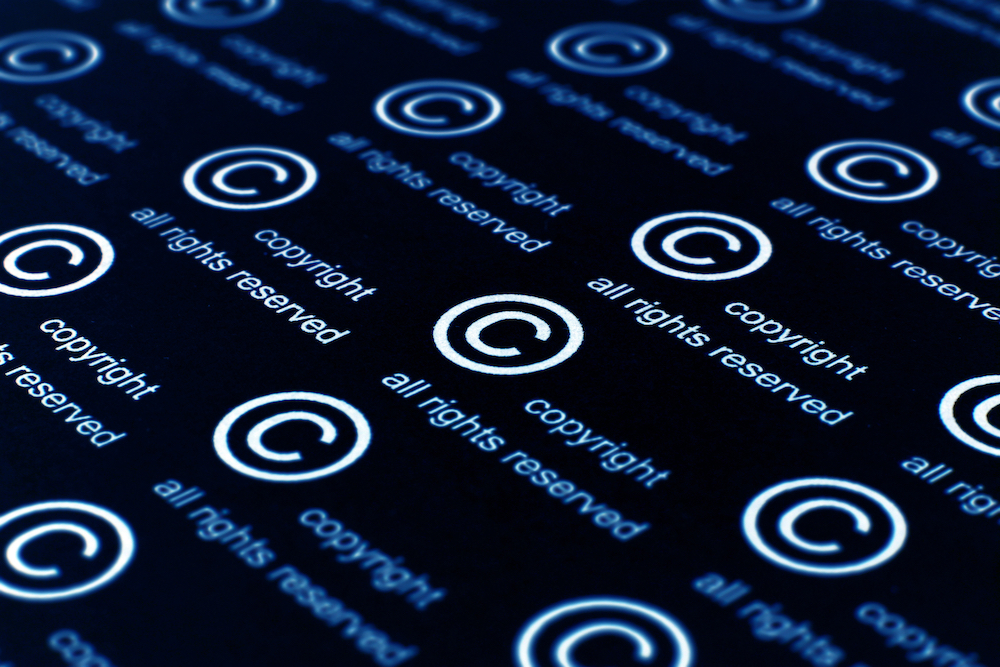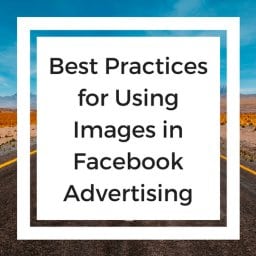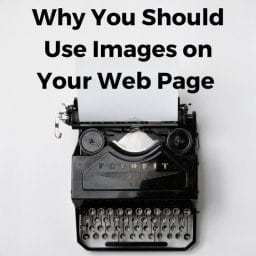 When you incorporate images in your blog posts, your SEO gets a better score and let’s face it- a post with a photo always looks nicer than one with just text.
When you incorporate images in your blog posts, your SEO gets a better score and let’s face it- a post with a photo always looks nicer than one with just text.
However, unless you own the photo or have express permission to use it, you could be infringing on someone’s copyright. Furthermore, you could be opening yourself up to monetary damages, lawsuits, costly legal fees and even criminal charges.
After extensive research, we have found a few rules for using photos you don’t own on your blog. But first, let’s go over copyright.
Copyright
Whether explicitly stated or not, copyright is automatically granted to the creator of any photo or image. While there are many sources of “free, legal images”, they usually do not offer legal protection. That being said, if a claim arises, the customer will be responsible for that claim- and claims can be expensive!
It doesn’t matter..
- if it’s on the internet
- if you provide a link back to the source
- if you list the photographer’s name
- if the picture is not full-sized
- if you did it innocently
- if you’ve changed the image
- if you’ve only used part of the image
- if your site is for personal use
- if you didn’t claim the photo was yours
- if you’ve added commentary
- if the picture is embedded and not saved on your server
- if you have a disclaimer on your site
- if you obtained the image from a “free image” site
“It’s Just One Blog.. How Will They Find It?”
Never underestimate the power of advancing technology. Images are now ‘fingerprinted’ and can be found anywhere you post them, even if they have been modified, recreated or if only part of the image has been used. The image is then flagged to the copyright owner so that they can check if the correct license is held, and if you don’t have permission, you WILL be hit with a DMCA take-down notice and/or fines.
How You Make Sure You’re Legally Protected
Ultimately, you are responsible for making sure any designer, employee, contractor, or other providers have licensed the images for your use. Check your image provider’s license agreements for word such as “indemnification”, “legal protection”, or “legal guarantee”. These all mean that in case of infringement, the image provider is taking all the risk and you personally will not be liable.
StockPhotoRights‘ Questions to ask your supplier
- Do you have the permission to license the copyright?
- Do you have model and property releases for all of your imagery?
- Do you offer additional legal protection should a dispute arise?
- Does your company have an inspection process for identifying potentially risky properties, trademarks etc? Can you please describe?
Read: Helpful information about image copyright rules and how to license stock photos.
If you don’t have legal protection from your provider and you aren’t 100% sure it’s okay to use the image, don’t.
So I know you’re all probably thinking — they’re being paranoid. This will never happen to you. Well, maybe. But it happened to us. So lesson learned: protect yourself and respect the rights of other artists.
For a visual explanation of image rights, check out StockPhotoRights’ informative video below:
*This post is not intended as legal advice.




